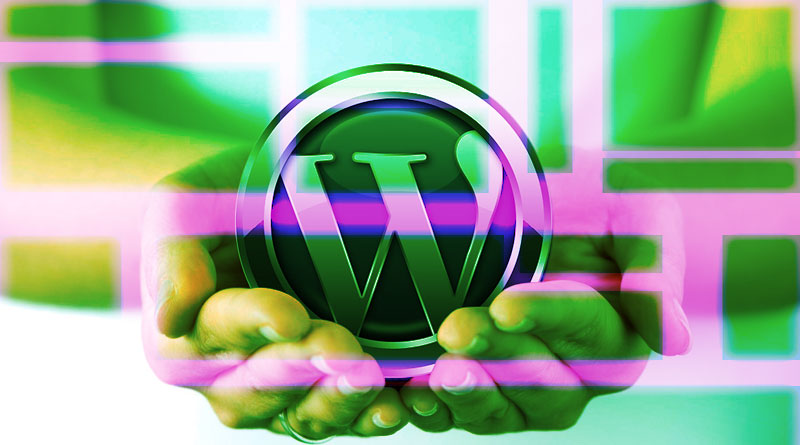The quality of WordPress as a platform is well documented. Whilst the software provided is carefully tested and meets the many crucial needs of the platform’s variety of users; there are also a few hidden flaws within it. Despite how well developed the WordPress technology is, there are still security risks that you may not have known about. For any user of this software, security is of the upmost importance, especially when that WordPress site might be the cornerstone of their business. Here are three of those risks therefore and how you, as a WordPress user, can protect yourself against them.
1. Behind on the updates
One of the most common mistakes WordPress users make, is not updating the system’s many functions. WordPress Core, themes and plugins especially, require regular updates that should be done automatically to ensure the safety of your site. For those who are self hosting this is a much bigger problem. Those WordPress accounts with a host will have their updates taken care of meaning they can sleep easy knowing an out of date piece of programming won’t do any damage. For those not in this boat, there is an urgency to make sure that your WordPress is as up to date as possible. You might not have known it but older versions are much more open to attacks. The updates take place in order to fix any vulnerabilities. Continuing to make sure your WordPress is up to date is a very simple way to continue to ensure your site is safe.
2. Freebies can be Trojan horses
Everybody loves a freebie. With WordPress you have the option to add a lot of free things to your site in order to design it in a way that is suitable to your needs. Every user has access to these free themes and plugins, but many come with a surprising security side effect. Whilst it is extremely useful to have so much free content, some of those creative designs that users are downloading actually contain some Trojan horses. Oftentimes, secretive malware and unwanted software is deliberately and unknowingly added alongside your brand new theme. So whilst your freebie might be improving the visual quality of your site, it could be damaging the security of it as well. As a bonus tip, uninstalling your old themes and plugins will only help to counteract any dangers, especially if you don’t want to have to keep updating those that you’re not using.
3. Logins aren’t secure enough
One of the first things you do as a WordPress user is create your username and password. With this your login is setup for your website career. There are a number of problems that come alongside this though, especially if the login being used is a WordPress default one. Hackers may use software that use the predictable nature of these logins, to repeatedly attempt to break into someone’s account. This is aided by the fact that these login pages can be found easily through URL. To help protect yourself from this you can choose a number of options to prevent this from happening. One obvious thing is to make your login and password much more difficult to predict. This only solves half the issue though. The account can still be vulnerable even if your login is so difficult that you forget it.
You could start by using two-factor authentication to secure your site further. This system uses a standard password but also features an additional method of logging in. This usually includes a second device, like a phone, that only the user has access to. This almost eliminates the hacking issue described early, meaning other options would have to be explored, if an individual wishes to attempt a hack. But, you can go a step further and actually limit the amount of logins an individual can try. This is beneficial for blocking spam attempts to login using bots, as the system will block anyone who makes too many mistakes when trying to access your account.
So there’s 3 WordPress security risks that you may not have known about and a variety of ways in which to combat them. To make sure your online property is as safe as possible make sure you continue to update everything on you WordPress, be careful of the freebies you download, delete any old software you’re not using and make sure you have all the tricks in place to make the login process as fortified as possible.
Chloe Bennet is an email marketer and proofreader at Essayroo, academic service. She develops marketing strategies, edits and proofreads company emails.

